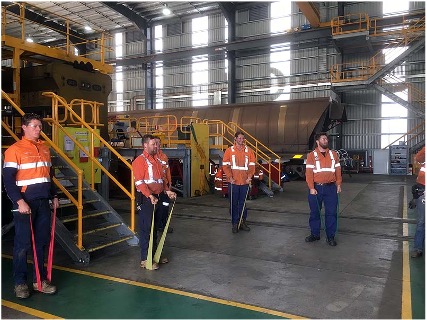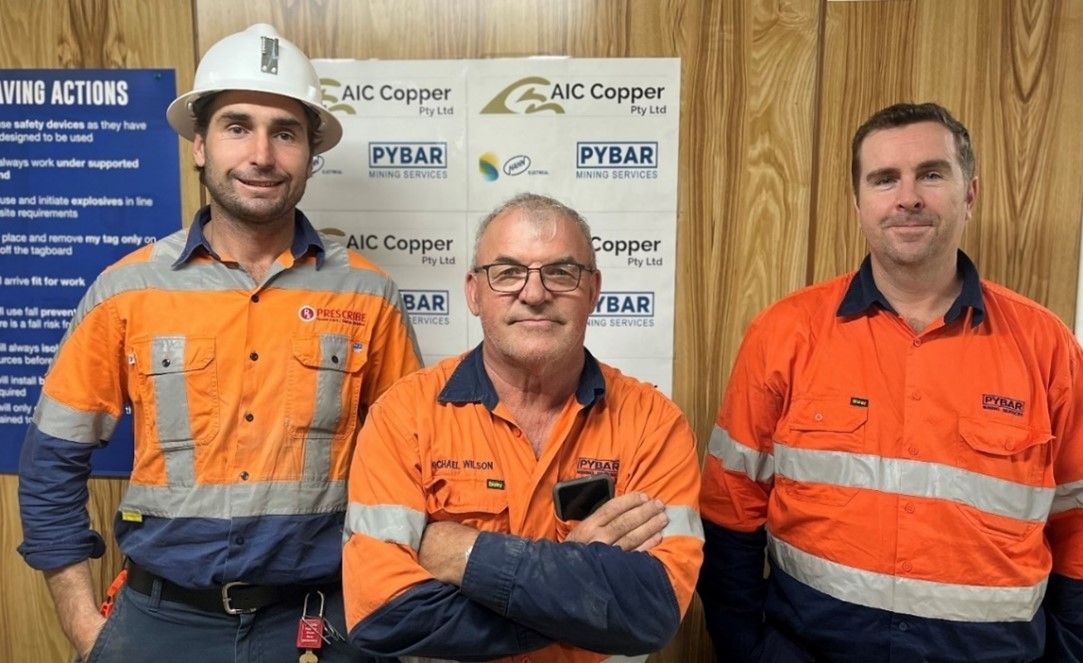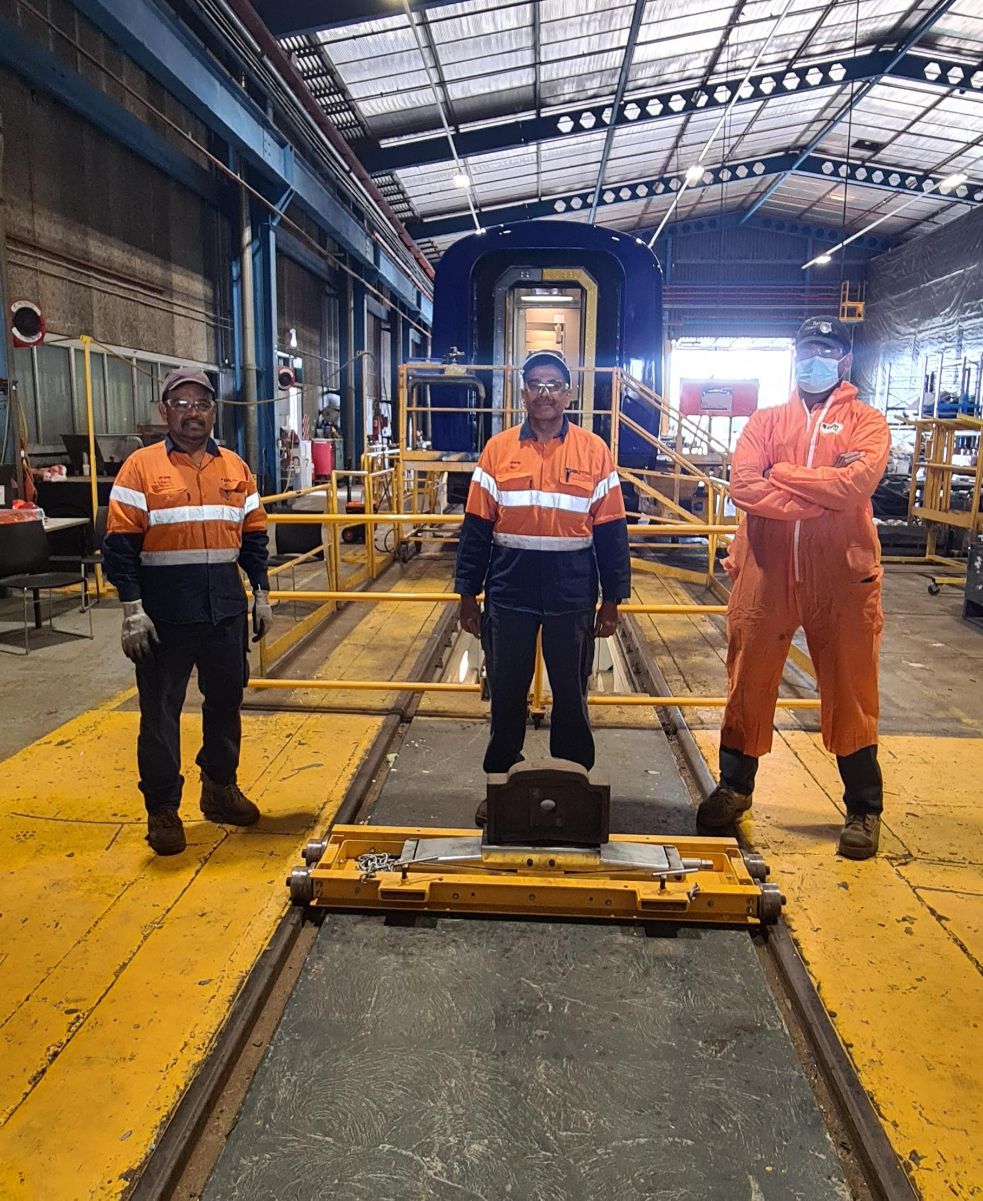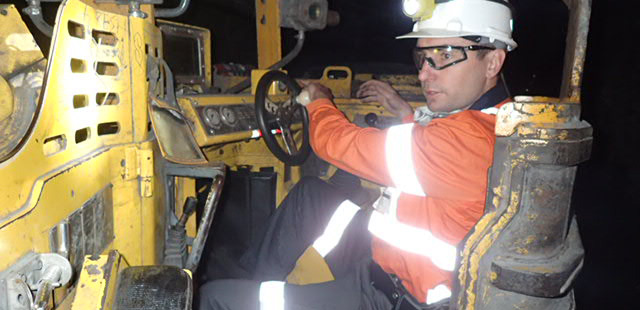
Resources
Manual Handling Mining
July 17, 2018
I remember my first underground visit. I wont lie, I was pretty nervous, my mates that work underground had told me stories of tough guys freaking out as soon as they got to pit bottom and demanding they get taken back to the surface. So first time underground my heart was racing, I was super prepared, I had all the right gear, new shirt and pants also so I stood out like a sore thumb initially but they didn’t stay clean for long, coal gets everywhere….
The thing that surprised me most was the difference in attitude once I got to pit bottom. Now lets be honest this traditionally is a male dominated environment and once I hit pit bottom I felt like I was back in a footy locker room, which eased my nerves and I instantly was comfortable in the environment. However, I started to notice that the mentality towards injury and musculoskeletal disorders (MSD) was very different to that of a sporting team, in the locker room injury prevention is crucial, with my first visit underground this was not the case…
In a recent Health indices report undertaken by the Mine Safety Advisory Council, only 47% of mines surveyed have a program to identify risks in MSD, with 23% of respondents self-identifying their approach to MSD as reactive.
This is similar to that I have seen in some mining companies, not all of them, but the challenging environment can easily leave regular musculoskeletal injuries labelled ‘as a part of the job’ with no changes implemented. At Prescribe we strongly believe that MSDs are preventable and it is our vision to create workplaces that proactively prevent injuries.
What are the risks?
There are a number of risks that may contribute to MSDs specifically in mining. These can include:
- less-than-adequate design of mining and quarrying equipment, including the provision of access for operation and maintenance
- difficult work environments, including:
- uneven, wet, muddy ground and road surfaces
- vibration
- limited access to and around equipment
- poorly lit work areas
- limited visibility from vehicle and machinery cabs
- characteristics and storage of tools and other equipment that are not fit-for-purpose
- work organisation and planning of systems of work that are not the most favourable, including rosters, shutdown deadlines and overtime
- an ageing workforce
- external stress
- slip, trip and fall risks:
- wet, boggy, muddy and uneven ground conditions, especially for those conducting inspections
- restrictions in interacting with equipment and objects due to seam conditions, mine plan and ground conditions
- dirt and mud obscuring visual features of steps and platforms
- wet conditions restricting choices of footwear
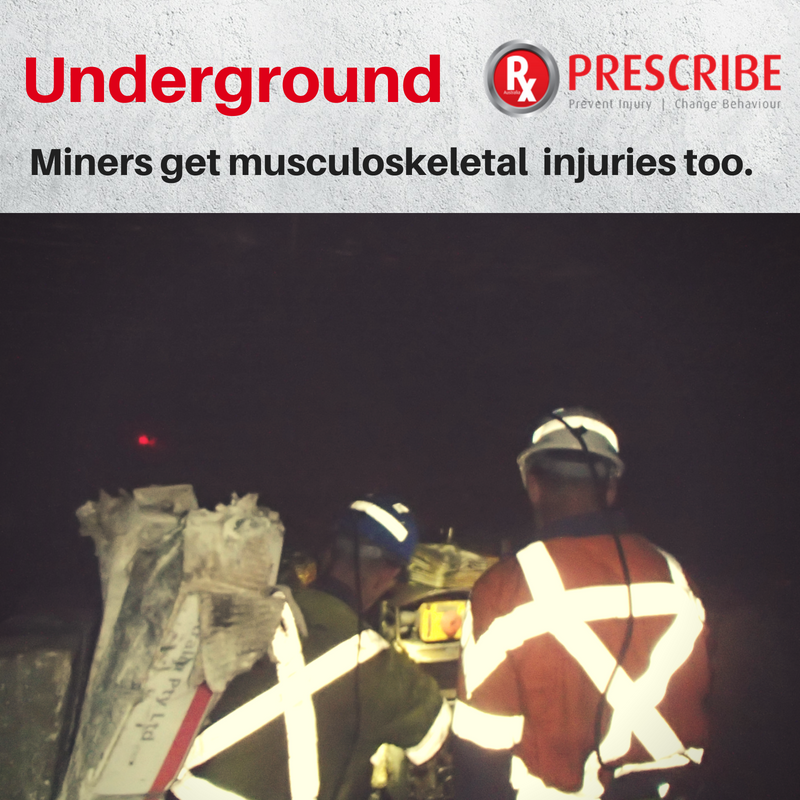
What can you do?
MSDs need to be managed as an essential part of your organisation’s WHS management strategy and system. Musculoskeletal disorders in the mining sector are a significant drain on resources including workers’ compensation, sick pay, lost productivity, retraining and legal expenses. However, MSDs do represent an opportunity for savings because they are manageable and preventable.
WHS professionals and workers must undertake these steps to prevent MSDs.
- clear objectives
- management support
- consultation
- resources
- specialist advice
- an action plan
To hear about some of the innovative and effective strategies we are using in the mining industry visit our website www.prescribeaustralia.com.au or call 1300 798 771.
Contact Us
Are you ready to get started? contact us now via phone now or alternatively, feel free to contact us via our form to the right.

